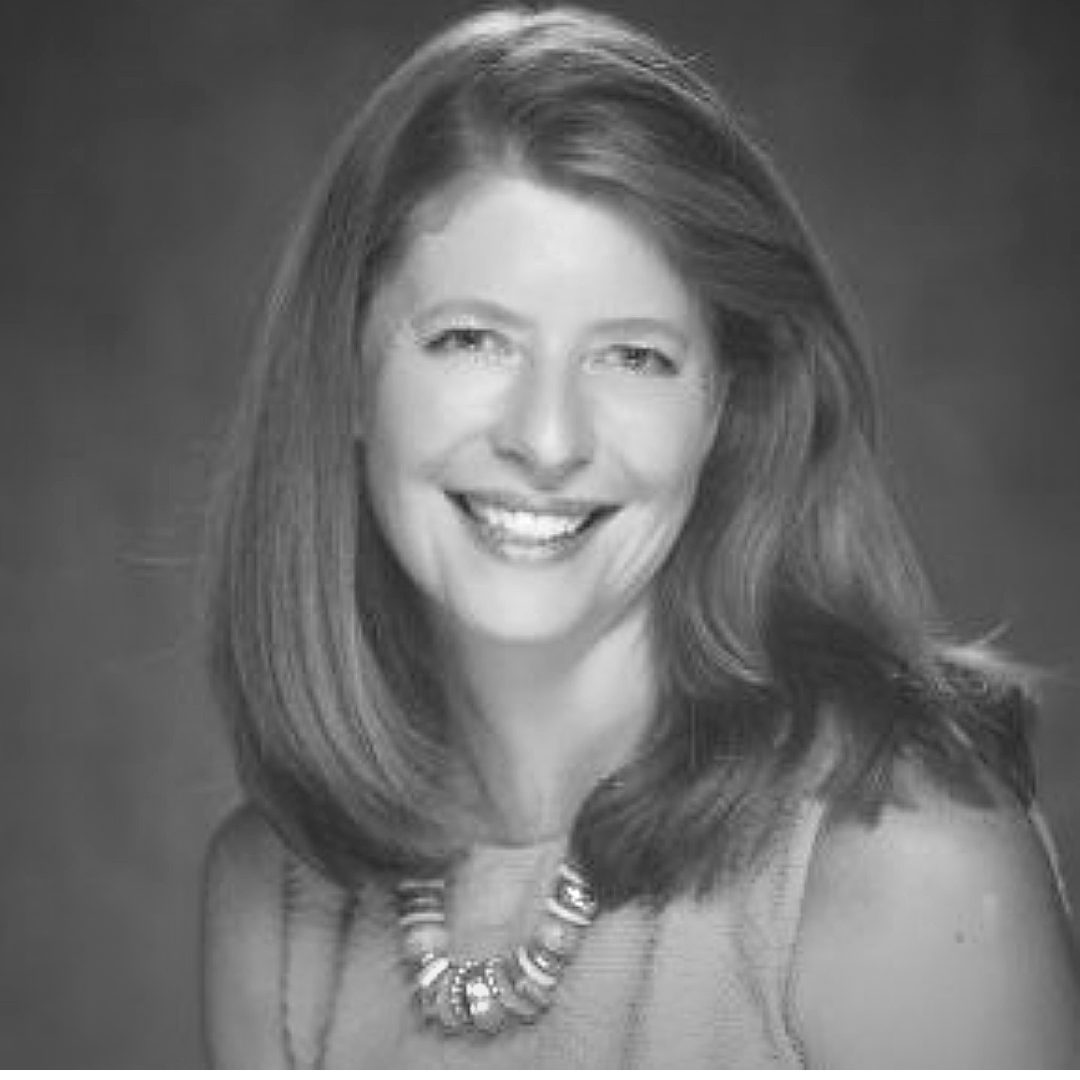


Fmr Transformco Product Director Maheep Bhalla introduces the Responsive Product Accountability category for the 2022 Product Awards.
Getsafe VP of Product & Design shares insurance changes within tech and how its product development is different from other industries.
Indeed.com Senior International Product Lead Iryna Krutenko introduces the Level Up Scale & Complexity category for the 2022 Product Awards.